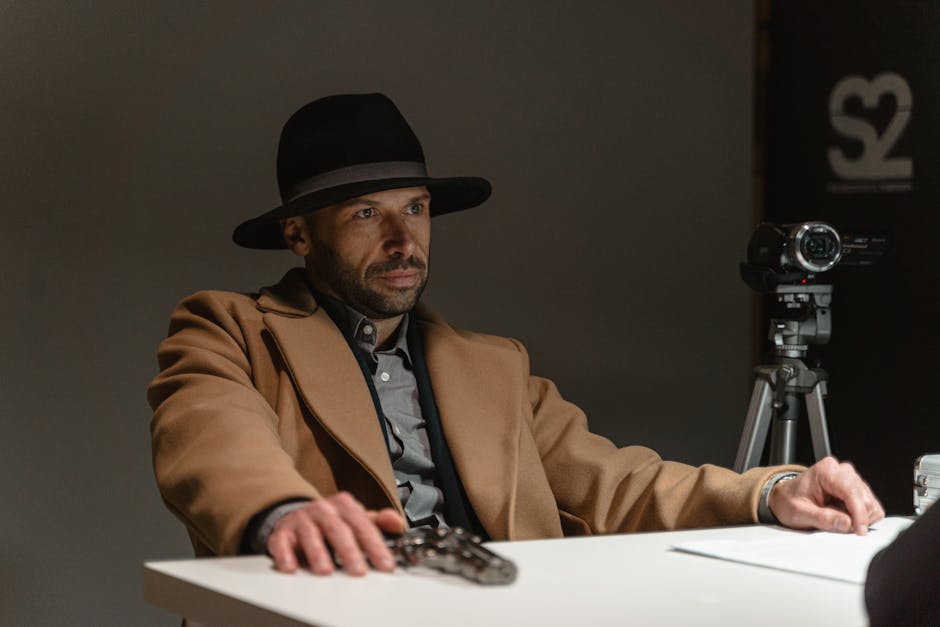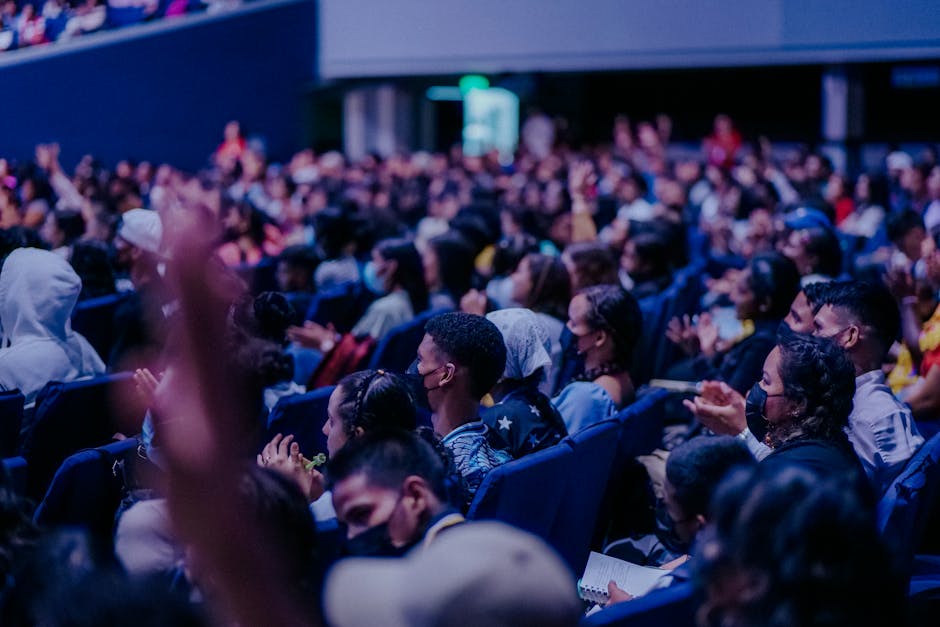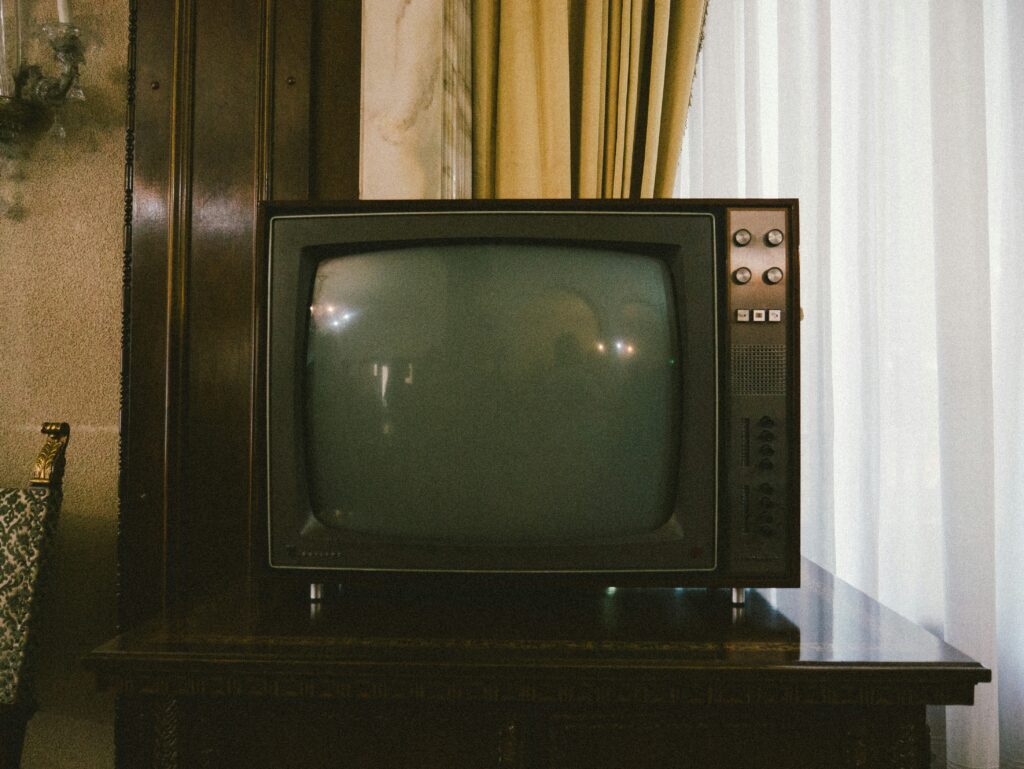Why Classic Films Still Hold Power
Classic films didn’t become classics by accident. They stick around because they nail the basics: solid storytelling, emotional depth, and themes that don’t age. Love, loss, power, betrayal—those don’t go out of style. Whether it’s a noir detective in a trench coat or a family torn apart by ambition, the core conflicts feel real, even decades later.
Their influence is everywhere. Today’s filmmakers are still borrowing shots, plot lines, and even full moods from old masters. Scorcese, Tarantino, Nolan—many top-tier directors cut their teeth dissecting films made long before they held a camera. Genres like crime dramas, romantic comedies, and even sci-fi bear the fingerprints of early classics.
And audiences? They come back because the stories still work. A well-told tale lands whether you’re watching it on a 4K screen or a dusty projector. These films offer something a lot of modern content doesn’t: clarity. They commit to a beginning, a middle, and an end. They respect the viewer’s time. And they leave just enough unsaid to keep us thinking. That timeless mix is why they endure.
The Craft Behind the Camera
Classic films got the fundamentals right. Without the safety net of CGI or digital patches, cinematographers had to get it right in-camera. That meant lighting with precision, framing with purpose, and thinking in terms of visual composition the way a painter would. Watch anything by Hitchcock or Kurosawa and you’ll see it—every shadow and silhouette choreographed like a stage play. These choices weren’t just aesthetic; they were story.
Sound was another intentional layer. Before endless sound libraries and plugins, filmmakers used live recording, analog mixing, and original scores to build mood. Think Bernard Herrmann’s strings in Psycho or Morricone’s spacious, haunting soundscapes. The sound told you how to feel before anyone said a word. Less tech, more instinct.
Editing? It was about rhythm. Editors cut by hand, often relying on gut and experience to build pace. They weren’t chasing algorithm-optimized runtimes—they focused on dramatic timing. One good cut could change a scene’s pulse. There was no fixing in post because there almost was no post. That forced clarity. It forced filmmakers to make choices—and stand by them.
These older processes didn’t slow creativity. They sharpened it. Constraints drove bold solutions. Less noise, more focus.
Notable Films That Shaped the Language of Cinema
Some films don’t just entertain—they redraw the map. Casablanca, Citizen Kane, The Godfather—these aren’t just titles in the canon. They’re foundations. Casablanca cracked the code on character chemistry and moral ambiguity. Citizen Kane rewrote what a camera could do and how narrative could bend time. The Godfather turned the crime saga into an art form, where silence hit harder than violence and family loyalty came cloaked in dread.
But beyond the benchmarks, there’s a vault of under-seen classics worth dusting off. Films like The Battle of Algiers, shot like a documentary but structured like a thriller. Or A Man Escaped, simple in setting but masterful in tension and sound design. These films may not trend, but they still push buttons—and boundaries.
So many of the things we now call staples—flashbacks, voice-over narration, dramatic lighting, the anti-hero—took shape in these early blueprints. These weren’t trends. They were trial and error turned into tradition. Any vlogger or visual storyteller chasing clarity or craft could do worse than starting here.
Cultural Reflection & Social Commentary
Classic films weren’t just stories—they were snapshots of their moment. Whether it was post-war anxiety hiding in film noir or the civil rights undercurrent flickering through 60s cinema, these films often said what society couldn’t. Some echoed dominant views. Others pushed back in quiet but powerful ways. Consider Guess Who’s Coming to Dinner or On the Waterfront—films wrapped in the language of their time but wrestling with deeper, universal truths.
Progressive ideas didn’t always arrive with a megaphone. They were nested in the subtext—coded conversations, character arcs that nudged viewers to question norms, or endings that left room for moral ambiguity. The result? Stories that aged slower because they dared more, even in the margins.
Today, rewatching these films isn’t about nostalgia. It’s about perspective. The issues they tackled—power, inequality, love, identity—haven’t vanished. They’ve just evolved. So when we look back, we’re not just retracing culture. We’re rereading old texts with new eyes.
For more on how past media connects to present-day themes, explore Documentary Spotlight: Stories That Resonate.
Modern Audiences, Modern Interpretations
Streaming platforms have done more than just change how we watch—they’ve changed what we watch. For many younger viewers, classic films weren’t part of the cultural atmosphere growing up. But now, a well-placed thumbnail on Netflix or a curated collection on Criterion can introduce a 23-year-old to 12 Angry Men on a random Tuesday night. Accessibility has equalized exposure. You don’t need to hunt down a DVD or catch a rare screening. The canon is a click away.
Restoration projects are doing the heavy lifting behind the scenes. We’re not just watching old movies—we’re often watching them in better shape than the original audiences did. Film grain is preserved, damage is cleaned up, and soundtracks remastered. These efforts aren’t just cosmetic; they’re historical. By restoring film, we retain not just stories but moments, performances, modes of expression that might otherwise vanish.
Still, nostalgia shouldn’t be the endgame. Reverence for the past can turn into blind praise. Rewatching with a critical eye—calling out what doesn’t age well, seeing what still hits hard—is where the value lies. Passing classics down matters, but so does measuring them against what we know now. Great films hold up under pressure. Let’s not just celebrate them—let’s interrogate them too.
Final Take
Why Fresh Eyes Matter
Watching classic films with fresh eyes is more than an exercise in nostalgia. It’s an opportunity to look beyond dated visuals or dialogue and understand the craft that shaped today’s storytelling standards. When modern viewers approach these works with curiosity instead of comparison, they uncover layers of meaning, technique, and perspective that remain deeply relevant.
- Rewatching classics can uncover unnoticed subtleties
- Historical context enriches our appreciation
- Understanding what worked then helps decode what still works now
Lessons for Today’s Creators
Modern creators can gain powerful insight by studying their cinematic predecessors. Classic films, constrained by technology and limited resources, relied on character development, pacing, and theme to captivate.
Key takeaways for modern storytellers:
- Master the basics: narrative arcs, character motivation, and thematic depth
- Less can be more—creativity often thrives under limitation
- Understand why cinematic language evolved the way it did
These fundamentals remain the foundation of compelling visual storytelling.
Enduring Stories in a Changing Medium
Classic stories continue to resonate because they tap into emotions and conflicts that are timeless. Whether it’s love, loss, honor, or ambition, these human truths remain central to storytelling across genres and formats.
- Timeless themes transcend generations
- Classic structures still inform modern narratives
- Innovative ideas are often built atop foundational ones
In short: the more the media landscape evolves, the more valuable these cinematic cornerstones become. To move forward, sometimes you need to look back—even if the screen is black and white.


 Victorious Chapmanserly contributes as a tech writer at mediatrailspot focusing on cloud computing, digital transformation, and innovative software solutions. His articles highlight practical applications of technology in business and daily life.
Victorious Chapmanserly contributes as a tech writer at mediatrailspot focusing on cloud computing, digital transformation, and innovative software solutions. His articles highlight practical applications of technology in business and daily life.

